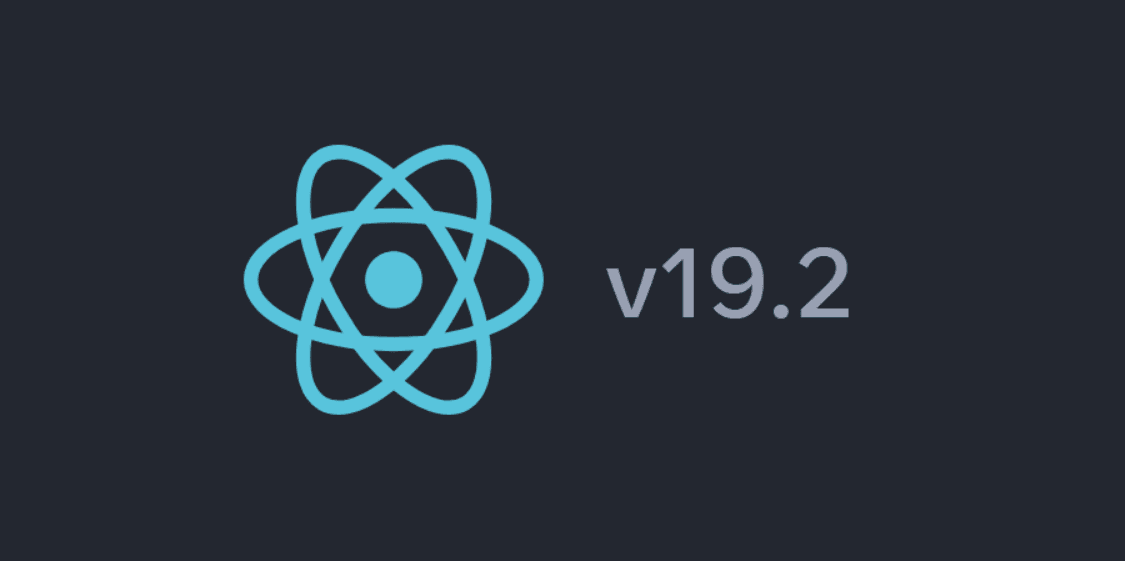The Loop
The Loop: React 19.2 Brings Smarter Rendering and Event Handling
BY Econify
•Mon, Oct 13, 2025

React Compiler 1.0 is now stable, bringing automatic, compile-time memoization to React and React Native with zero code rewrites. It analyzes component data-flow and mutability to skip unnecessary renders—even across conditional paths that manual useMemo/useCallback can’t cover.
The release folds “compiler-powered” diagnostics into eslint-plugin-react-hooks (use the recommended preset), and ships quickstarts plus first-party templates with Expo, Vite, and Next.js so new apps can start with the compiler on by default. Expo SDK 54 enables it out of the box; Vite and Next.js offer compiler-enabled starters.
In production, Meta reports up to 12% faster initial loads and >2.5× faster interactions in the Meta Quest Store (your mileage may vary). The team recommends relying on the compiler for memoization and keeping useMemo/useCallback as escape hatches where effect dependencies demand precise control.
Ecosystem support is landing quickly: Next.js 16 lists React Compiler support as stable, while separate work is underway on an swc plugin to improve build performance (React recommends Next.js ≥15.3.1 when enabling the compiler today).
Econify’s take:This is a meaningful shift from “optimize by convention” to “optimize by compiler.” For greenfield work, start with the compiler enabled via framework templates and upgrade eslint-plugin-react-hooks to surface correctness issues early. For existing apps, roll it out incrementally behind a flag, pin the exact compiler version, and lean on end-to-end tests, especially where effects and memoized values interact. If you’re on Next.js, align on 16 for stable framework support and evaluate build-time tradeoffs in CI before enabling broadly.
Next.js 16 Lands with Smarter Caching, a Stable Compiler, and Better Developer Feedback Loops
Next.js 16 is here, and it’s a big one, both under the hood and for how developers think about building full-stack apps at scale.
The highlight: Cache Components introduce a new model for partial prerendering (PPR), giving developers fine-grained control over what gets cached and when. It’s opt-in, compiler-powered, and closes the loop on a long-standing tradeoff between static and dynamic rendering in React apps.
Beyond caching, this release also finalizes some big architectural shifts:
- Turbopack is now the default bundler, promising 5–10× faster Fast Refresh and build times.
- Devtools MCP brings context-aware debugging and AI-assisted dev workflows.
- Routing is leaner, with smarter prefetching and layout deduplication for better UX at scale.
- Logging and build diagnostics now give clearer insight into where time is spent.
- React Compiler support is now stable, automatically memoizing components to eliminate wasteful renders - with zero code changes.
Econify’s take: Next.js 16 reflects a trend we’re watching closely: compilers and explicit contracts replacing framework magic. It’s a bet on maintainability, observability, and performance; three pillars that matter more as apps and teams scale. And with support for React 19.2 and upcoming architectural primitives, it's a strong foundation for the next generation of full-stack apps.
OpenAI Codex Now Generally Available
OpenAI announced that Codex is now generally available, moving beyond its research preview. The release brings three key features:
- Slack integration, allowing developers to invoke Codex directly in channels or threads
- Codex SDK for embedding AI-assisted workflows into custom applications and CI/CD pipelines
- Admin tools to monitor usage and manage environments.
Companies like Cisco report faster code reviews, while Instacart uses Codex to automate routine development tasks. The update signals that AI-assisted coding is shifting from experimentation to production-ready workflows.
Econify’s take: With Codex now generally available, engineering teams can start embedding AI into standard development processes rather than isolated experiments. The combination of collaboration tools, workflow integration, and governance features makes it feasible to scale AI-assisted coding safely, unlocking faster delivery, reduced technical debt, and more intelligent automation.
React Native 0.82 Ushers in a New Era
React Native 0.82 marks a turning point: it’s the first release built entirely on the New Architecture, with no fallback to the legacy system. The old architecture is still in the codebase (for now) but it’s being phased out, and removal is already planned. This shift sets the stage for leaner installs, faster runtimes, and a simpler maintenance story.
The release also includes an opt-in preview of Hermes V1, support for DOM Node APIs, updated Web Performance APIs, and a bump to React 19.1.1. While most changes are under the hood, they reflect a continued push toward tighter alignment with web standards and React core.
Econify’s take: This release is a turning point for all React Native projects, if you don’t upgrade to new architecture soon, you run the risk of getting left behind. Further alignment with web standards is a huge win for multi platform projects, reducing the need for platform specific code.
Bun 1.3 Isn’t Just Fast—It’s Getting Practical
Bun quietly continues to make headway as a full-stack JavaScript runtime. Version 1.3 brings built-in support for MySQL, Postgres, SQLite, and Redis, no drivers or config needed. Frontend support is now zero-config too, making Bun a smoother entry point for both client and server development.
Security gets a serious upgrade with encrypted secret storage via Bun.secrets, a scanner API for automating security checks, and massive crypto performance gains - Diffie-Hellman operations are now ~400× faster. Node.js compatibility also improves, with better support for worker threads and the vm module.
For experienced teams, the value isn’t just in the features; it’s in the direction. Bun is steadily cutting down on the layers of tooling and config that tend to pile up in modern JavaScript projects. For teams running monorepos, scaling infrastructure, or just trying to keep their toolchain maintainable, this release shows that Bun’s not just fast - it’s starting to make real architectural sense.